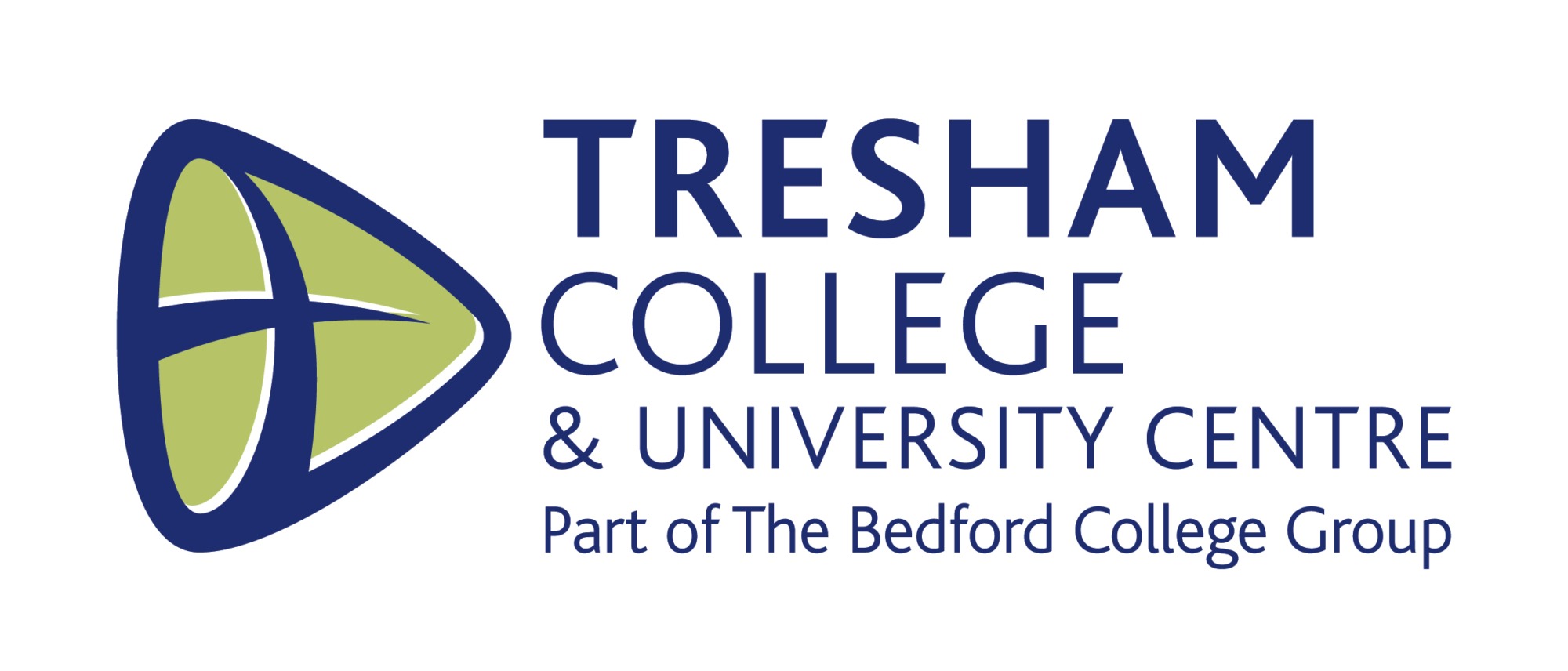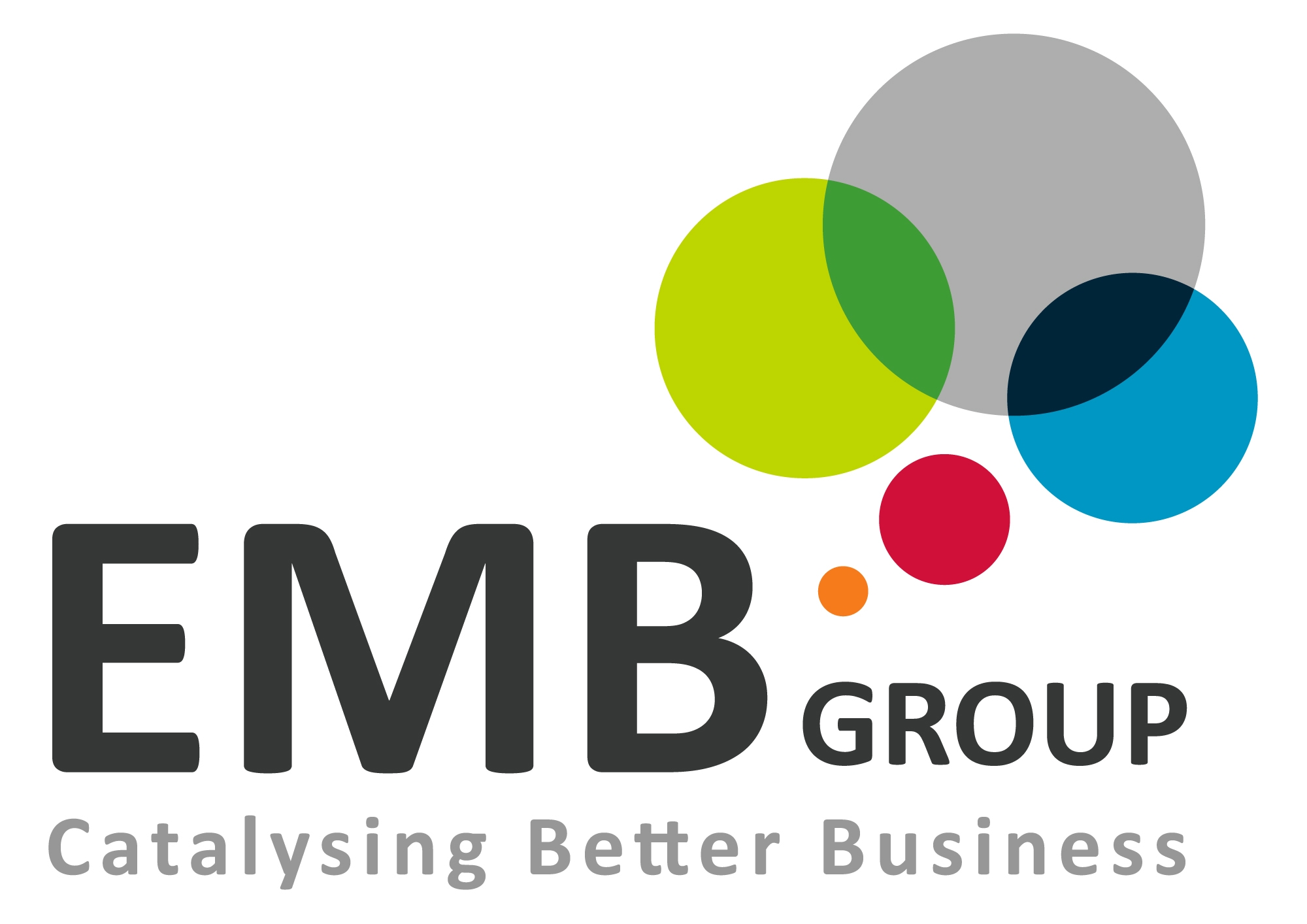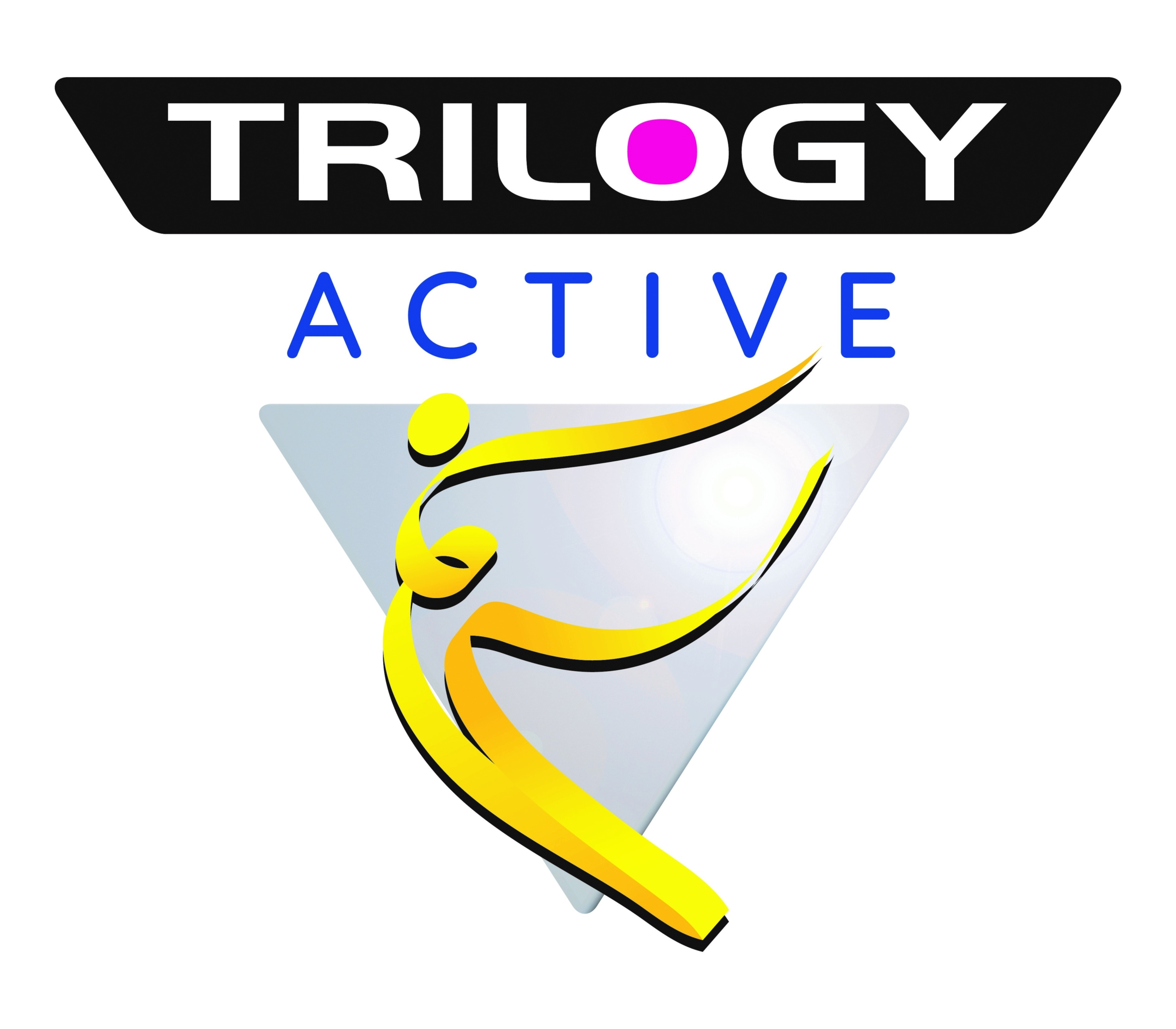

What Do I Need to Know About Google MUM?
Blogs
Google dominates the search engine market (https://bit.ly/3D5zGwD), handling more than 90% of all global search queries. Thus, when Google announced Google MUM, a redesign of its search engine, it was a big deal.
Google officially announced MUM in May 2021 during its annual I/O conference. So far, critiques say it’s going to revolutionise the way users find information. But, what does this mean for you and other Google users?
Keep reading to learn all about Google MUM, its features, and how it will improve the search engine.
What Is Google MUM?
Google Multitask Uniform Model (MUM) is an AI-powered algorithm that can handle complex search calculations. The new search engine plans to guide users through exciting topics in a more visual way. It uses the T5 text-to-text framework (https://bit.ly/3txaL1H) and is 1,000 times more powerful than its predecessor.
Moreover, it processes complex requests in seconds.
Google BERT
The predecessor to Google MUM is Google BERT (https://bit.ly/3irto0M) (Bidirectional Encoder Representations from Transformers). Google first introduced BERT in 2019. BERT was the most significant change to Google’s search engine since its predecessor RankBrain. RankBrain, which launched in 2015.
BERT is better at recognising languages than RankBrain. It’s a neural network-based technique for natural language processing (NLP) pre-training. BERT helps computers understand language more like how humans understand language.
Engineers working in AI call this natural language. With BERT, keywords became key phrases seeking to provide results based on user intent.
However, once Google completely rolls out MUM, BERT will be obsolete. This is because of the power behind MUM.
MUM’s Roll Out
Google MUM is still in its early stages. That means it could take months for MUM to become fully realised. The lasted update from Google is that MUM will be available for Google Lens in early 2022. This will be the first widespread implementation of MUM.
For now, Google will continue to test MUM’s applications and identify patterns of bias. Google aims to reduce bias in search results. Additionally, Google will learn how to reduce its carbon footprint of large neural network training systems.
How Does Google MUM Work?
The Google MUM algorithm is multimodal. Thus, it understands information across text and imagines. In the future, Google wants to expand MUM further to add more modalities such as video, audio, and podcasts.
But for now, MUM can expertly search the internet across text in different languages. MUM understands and generates 75 languages. It breaks down language boundaries by transferring knowledge across languages.
This helps you to find better and more accurate answers to complex questions. MUM can learn from sources that aren’t written in your language and by scanning images.
Previously, users had significant difficulties with language barriers. For example, if you asked a question in the search bar in English, you would only get English resources. Thus, sometimes would need to do several searches to get a complete answer to your question.
Using MUM, you can find the answer to this question in fewer searches. This is because the search engine has a more comprehensive understanding of information and world knowledge. Additionally, with this knowledge, MUM can help examine subtopics for deeper exploration of a topic.
The Importance of MUM
Until now, keywords and SEO content have driven how Google’s search engine serves the information and matches intent. Keywords were essential to draw attention to specifics.
Over time, the search engine became more phrase friendly. You could find keywords in a more natural context. This benefits MUM. But with MUM, you can get direct questions to answers using text, imagines, video, audio, and more.
MUM is the most advanced search engine technology. It’s the closest experience to asking a human a question.
Google MUM Features
Google MUM has three primary features. The first is topic zooming. The search engine can jump in and out of topics related to your search. This will help you to broaden or refine your search.
The second is “things to know.” This is a snippet function. “Thing to know” creates pathways for you through related topics. It makes your follow-up searches more efficient. When you search for a person, object, or event, Google will recommend a series of extended pathway searches. This helps you learn more about the original topic you searched for.
For example, if you search “piano”, you can also see pathways such as:
How to play
Where to buy
Tips
Piano concerns in your area
Where to take lessons
MUM can also use video transcription to suggest new searches based on what it hears in the video.
The third feature is visually browsable search results. This feature is already present in the Google search engine. It targets users looking to find inspiration in areas where visual aids are helpful. Like if you search for hobbies, it’s beneficial to explore the topic visually.
Browsing at cooking or baking pictures is more appealing than browsing text.
MUM and Google Lens
An important innovation in MUM is using images rather than keywords as input. Google envisions a search that isn’t tied to a keyword-based question and answer box. Instead, they foresee an assist helping people do things.
Integrating MUM into Google Lens (https://bit.ly/3quTTXv) allows you to turn your Lens into an assistant effectively. For instance, you can take a photo of a broken bike part and ask the search engine how to fix it. Then Google can identify the part you need to fix and how to do so.
This is an impressive example. But, the integration also has the potential to give e-commerce companies an important new sales channel. Searching for clothes using image search will open enormous possibilities for online retailers.
The End to SEO?
Google MUM is all about the user experience, content, and accessibility. That means wrongly pitched content will disappear easier than before. So, your content must be better than keywords in the text to make it onto Google’s page rankings.
In the past, Google encouraged users to use the first ten links on page one of its search engine results. But with MUM, this will shift. Instead, it enables users to go deeper into smaller, independent resources through the pathways and pictures it presents.
This is a big deal for driving organic traffic.
MUM also makes end-users employ more media formats. So, inevitably, content marketing will change. This is important to remember when redesigning your website (https://wotsthebigidea.com/web-design/) and creating marketing materials.
Blog posts and articles will still play a significant role in attracting attention. But now, you need to back this up with other media such as podcasts, images, audio, and video.
In short, SEO is not dead.
How To Adapt to Google MUM
MUM is adding another layer to understanding user intent and thought processes. In addition, Google is repositioning the search engine to be a competitor to social media platforms.
But, if keywords aren’t as valuable anymore, what can all you content creators and marketers do to stand out on Google?
First, you need to continue to make high-quality content. The most significant answer to being relevant in MUM is quality. As mentioned, making content using various media methods is necessary.
But, in addition, your content needs to answer questions and provide value. Google MUM will know your content is relevant and add it to search results. As a result, your content will compete amongst the most significant contributions worldwide.
Yet, even with removing language barriers, you can still create multi-lingual SEO content to increase your content’s regional power. Multi-lingual SEO content (https://wotsthebigidea.com/search-engine-optimisation/) still provides regional relevance and neighbourhood interest.
You should also make sure you produce content that builds brand recognition and loyalty. To do this, be informative. Also, share engaging writing, images and other media forms. Always include structured data on your page. Then MUM will know what your content is about.
Your brand needs to refine its content marketing strategies further. (https://wotsthebigidea.com/marketing-campaigns/) You also need to ensure correct labelling of audio and video files. Finally, you must think creatively about how to coordinate content across platforms that appear in search results.
What Are People Saying About MUM?
Google MUM is revolutionising how users search for information. The magnitude of this change is fantastic for users. SEO is not dying. It’s becoming more defined and user-friendly.
SEO critics praise the shift to MUM because it allows websites to publish information about the services they actually provide. But because MUM is still in its infancy, users haven’t seen this yet.
Users should celebrate MUM’s ability to break down language barriers, highlight stellar content, and work faster than any other search engine before.
Prepare for Google MUM Integration
Google continues to transform its search engine. Google MUM is a giant leap forward in helping you get the information you want and need, and all in a matter of seconds.
For your design, development, and marketing needs, contact us at Wots the Big Idea. Our award-winning experts will offer actional results with a customised marketing and branding campaign.
https://wotsthebigidea.com/contact-us/
Or email us at hello@wtbi.co


















